Are You Spreading Misinformation Without Realizing It?
Think you can spot factually accurate news? Take the test below to see how susceptible you may be to inaccurate headlines and news stories.
The Integrity Project
Misinformation is legion in the 21st century, polluting our politics, corroding public trust, and making it harder to have honest, fact-based conversations. We all know it’s a problem, but many of us don’t admit we ourselves might be contributing to it.
That’s exactly the paradox a study from the University of Cambridge set out to confront.
In a groundbreaking project, Cambridge psychologists developed a scientifically validated Misinformation Susceptibility Test (MIST) — a quick, free, and remarkably revealing online quiz that helps you determine just how vulnerable you are to fake news.
The Test: Real Headlines vs. AI Fakes
The researchers pulled headlines from reputable, non-partisan sources like Reuters and Pew Research Center to represent real news and then turned to none other than ChatGPT to generate realistic—but false—headlines.
Participants were then given a mix of 20 headlines to determine which were true or false. They were then given a “resilience” ranking comparing them to the wider U.S. population.
The result took two years of testing with over 8,000 participants to verify its effectiveness, and a 2023 survey by YouGov was the first to use the MIST to collect real-time data on demographics and their ability to discern misinformation in news headlines.
How did we do? On average, U.S. adults only guessed correctly 65% of the time.
That statistic should give all of us pause. Even well-informed, skeptical readers are often fooled—especially in a media environment flooded with misleading clickbait, partisan spin, and algorithmically boosted outrage.
The Bigger Picture: Who's Most Vulnerable?
The researchers didn’t just stop at the quiz—they analyzed the results to see which demographics were more or less susceptible to misinformation.
Here’s what they found:
• Younger adults (18–29) scored significantly worse than older adults (65+), contradicting the common belief that older generations are more prone to fake news.
- Only 11% of young adults scored high (16+ correct).
- 36% of older adults scored high, and just 9% scored low.
• Recreational internet use predicted susceptibility
• News source mattered
- High scores were most common among those who relied on legacy media
- Social media news consumers were the most vulnerable to misinformation
• Political differences also emerged
- 33% of Democrats scored high vs. 14% of Republicans.
- Roughly a quarter of each group landed in the low-score category.
• Half of Americans now say they encounter online misinformation daily.
Unpacking the Demographic Nuances
What the Cambridge study revealed is an intricate landscape influenced by cognitive habits, media consumption patterns, and psychological biases.
Contrary to the assumption that digital natives are adept at navigating online information, the study found that increased recreational internet use correlates with higher susceptibility to misinformation. Participants spending 9 or more hours online daily for leisure were half as likely to achieve high scores on the MIST compared to those limiting their online recreation to 0–2 hours. This suggests that constant exposure to unvetted content may erode one's ability to distinguish fact from fiction.
The platforms from which individuals consume news also significantly impacts their misinformation discernment. Those relying on traditional media outlets like the Associated Press, NPR, or Axios demonstrated higher accuracy in identifying false headlines. In contrast, users primarily obtaining news from social media platforms such as Snapchat, Truth Social, WhatsApp, TikTok, and Instagram exhibited lower performance, with over half of Snapchat users falling into the low-scoring category.
Beyond media habits, cognitive styles play a pivotal role. Individuals exhibiting "myside bias"—the tendency to favor information aligning with their beliefs—were more prone to misinformation, regardless of their analytical thinking abilities. This indicates that open-mindedness and the willingness to consider opposing viewpoints are crucial in combating misinformation—and that technologies that rely on creating echo chambers for data creation and profit may be having a deleterious impact on this ability.
What You Can Do
If you take the quiz and find yourself misled by more fake headlines than you’d like to admit — don’t panic. That’s the point. Awareness is the first step toward building better media literacy.
According to educator Mike Caulfield, there’s a simple, research-backed process for evaluating online information quickly and effectively:
• Check for previous fact-checking
Before believing or sharing, see if reputable outlets have already reported or verified the claim.
• Go upstream to the original source
Follow the information trail. If you can't trace it to a credible source, treat it with skepticism.
• Read laterally
Research the source itself to determine whether the originator of the information is credible.
Why This Matters Now
While the study and YouGov polling were conducted two years ago, the stakes are higher now than ever before. As AI-generated content has become more sophisticated and ubiquitous in day-to-day life, and social media algorithms continue to prioritize emotional engagement over truth, misinformation is only getting harder to detect.
The Cambridge study shows that susceptibility is not just about intelligence or ideology. It's about awareness, habits, and humility.
The good news? We can all get better at this. The MIST test gives us a baseline. Media literacy techniques give us tools. And by taking responsibility for what we consume and share, we can each be part of the solution.
Take the test. See how you score. And challenge a friend to do the same.
Because building a smarter information ecosystem starts with us.
Take the Misinformation Susceptibility Test
ADDITIONAL NEWS FROM THE INTEGRITY PROJECT




